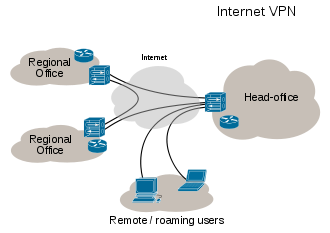WiMAX Introduction
WiMax (Worldwide Interoperability for Microwave Access) is a wireless broadband technology, which supports point to multi-point (PMP) broadband wireless access.
WiMax is basically a new shorthand term for IEEE Standard 802.16, which was designed to support the European standards. 802.16's predecessors (like 802.11a) were not very acc ommodative of the European standards, per se.
The IEEE wireless standard has a range of up to 30 miles, and can deliver broadband at around 75 megabits per second. This is theoretically, 20 times faster than a commercially available wireless broadband.
The 802.16, WiMax standard was published in March 2002 and provided updated information on the Metropolitan Area Network (MAN) technology. The extension given in the March publication, extended the line-of-sight fixed wireless MAN standard, focused solely on a spectrum from 10 GHz to 60+ GHz.
This extension provides for non-line of sight access in low frequency bands like 2 - 11 GHz. These bands are sometimes unlicensed. This also boosts the maximum distance from 31 to 50 miles and supports PMP (point to multipoint) and mesh technologies.
The IEEE approved the 802.16 standards in June 2004, and three working groups were formed to evaluate and rate the standards.
WiMax can be used for wireless networking like the popular WiFi. WiMax, a second-generation protocol, allows higher data rates over longer distances, efficient use of bandwidth, and avoids interference almost to a minimum. WiMax can be termed partially a successor to the Wi-Fi protocol, which is measured in feet, and works, over shorter distances.
Manpreet Singh Bindra
Hotmail: Free, trusted and rich email service.
Get it now.




